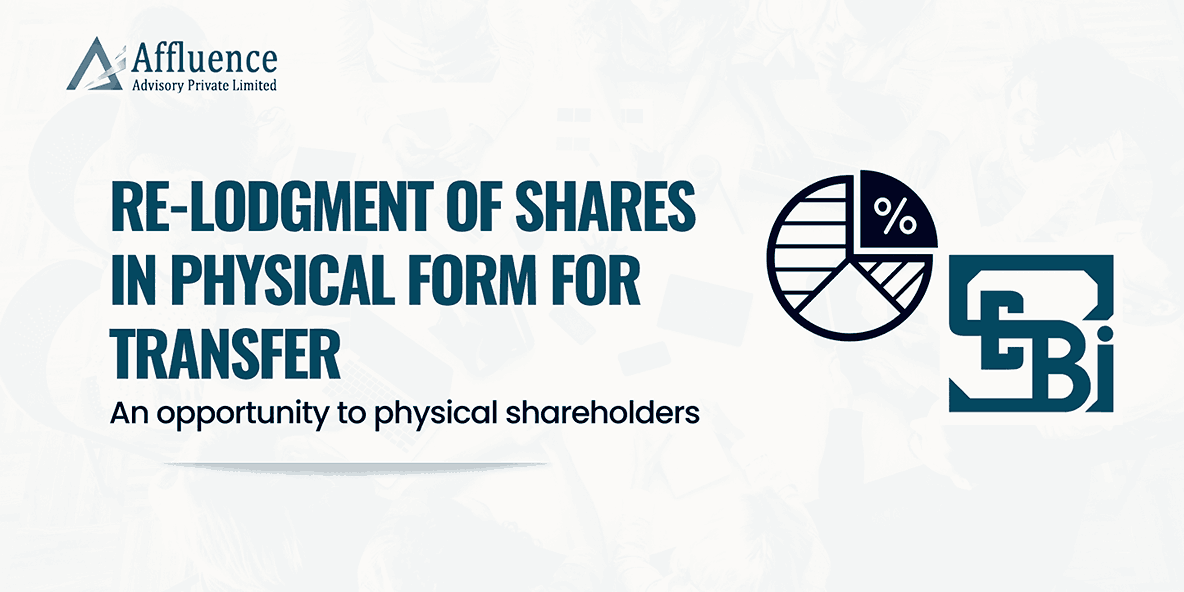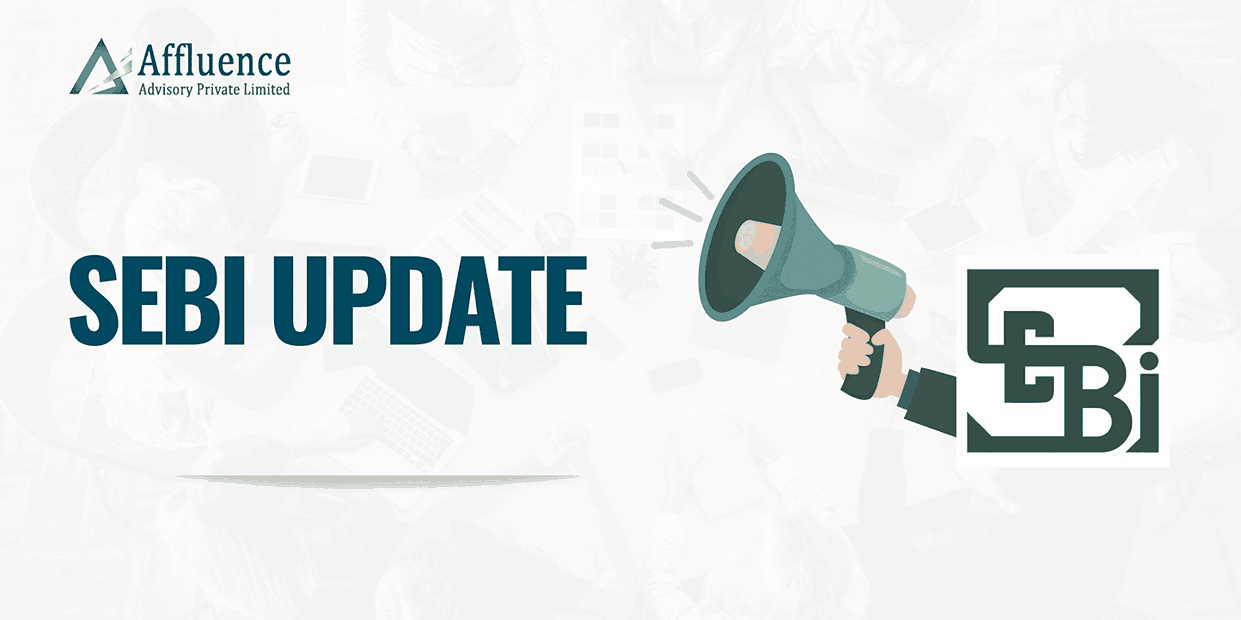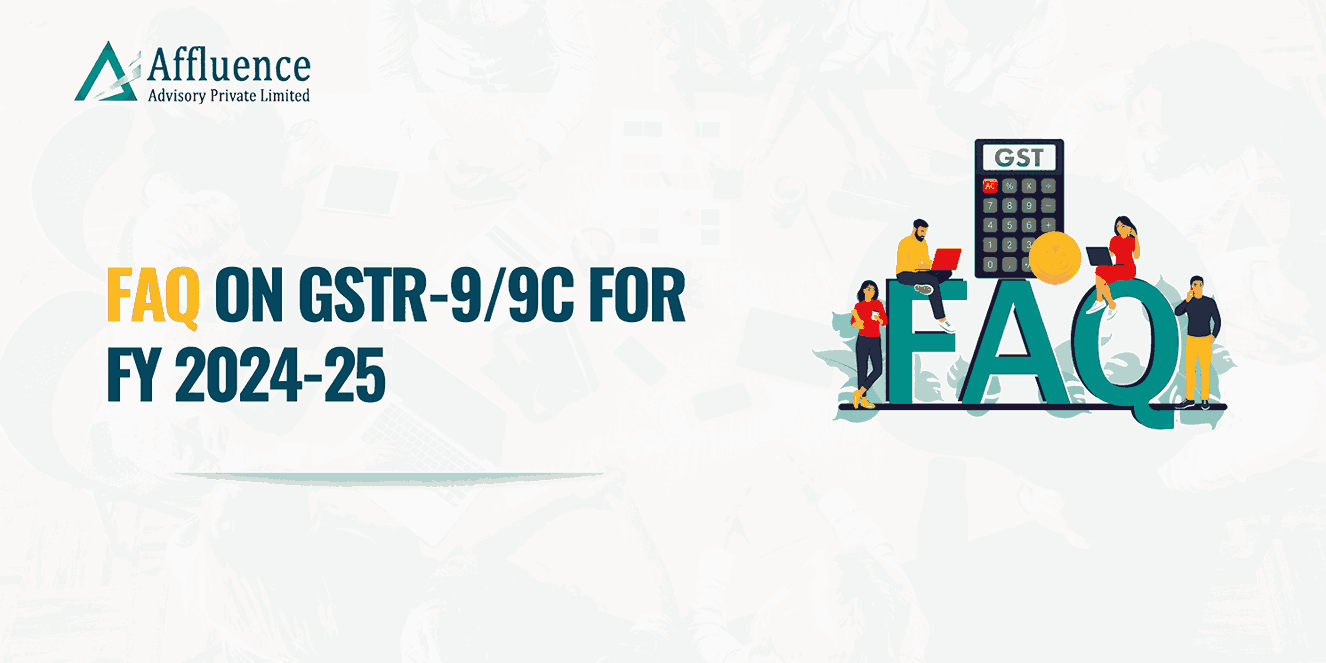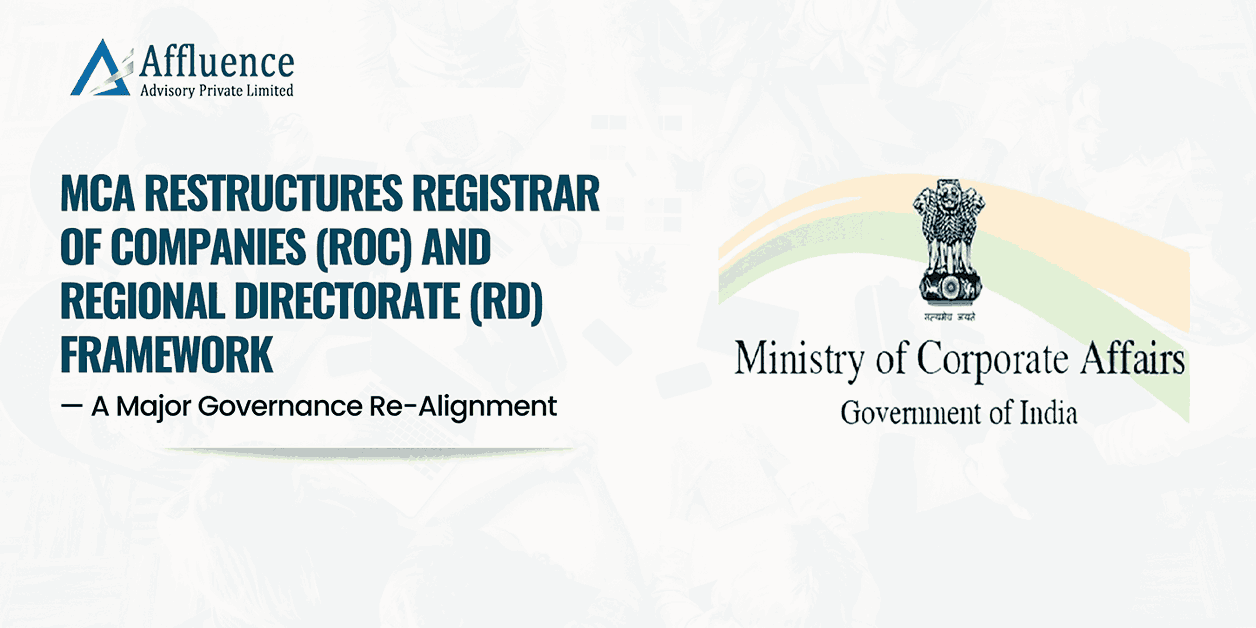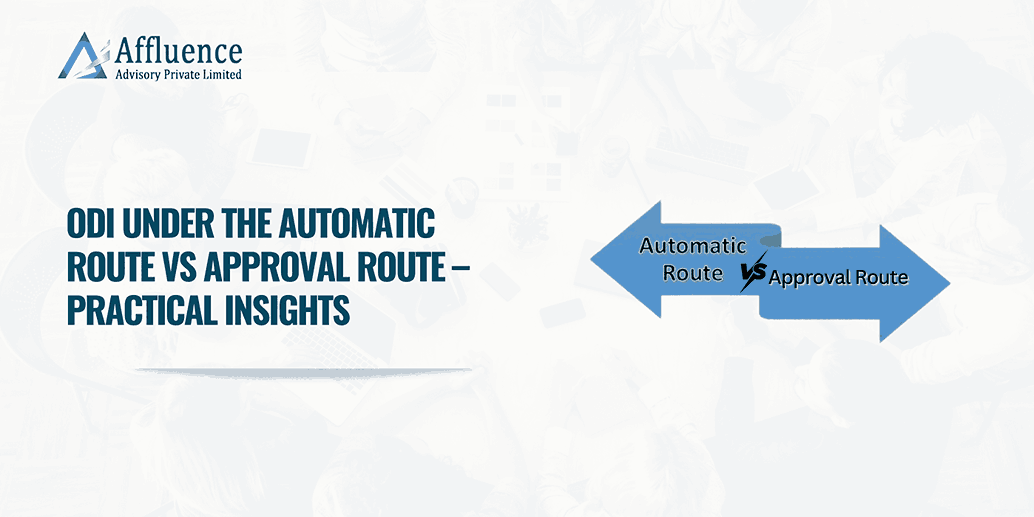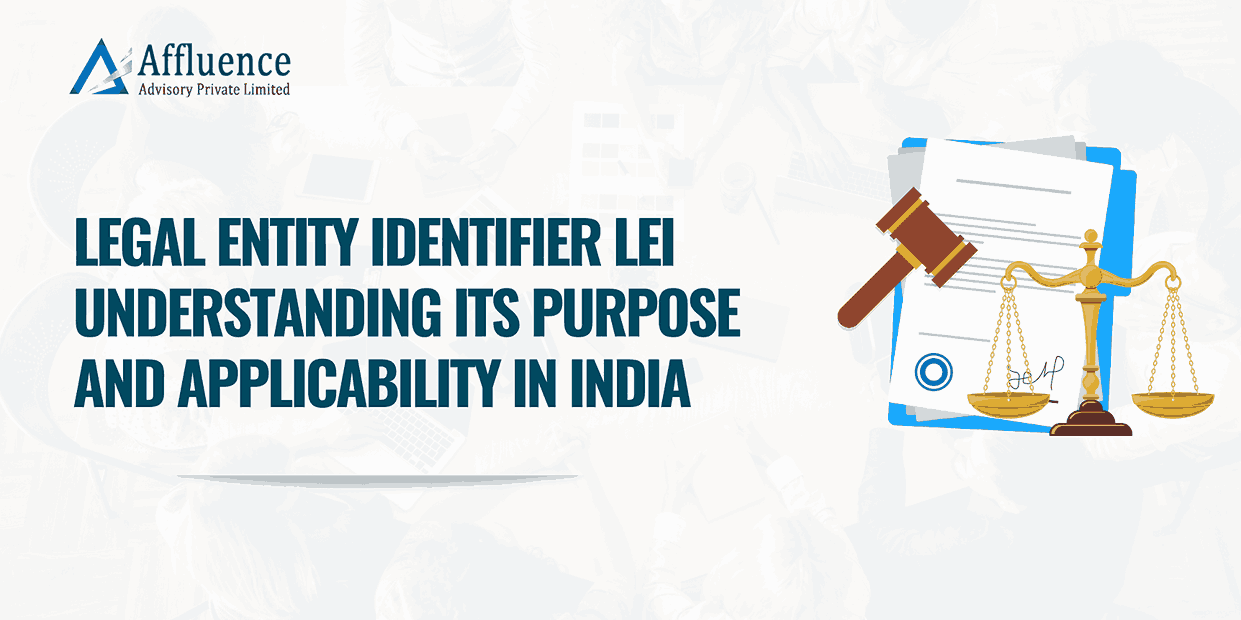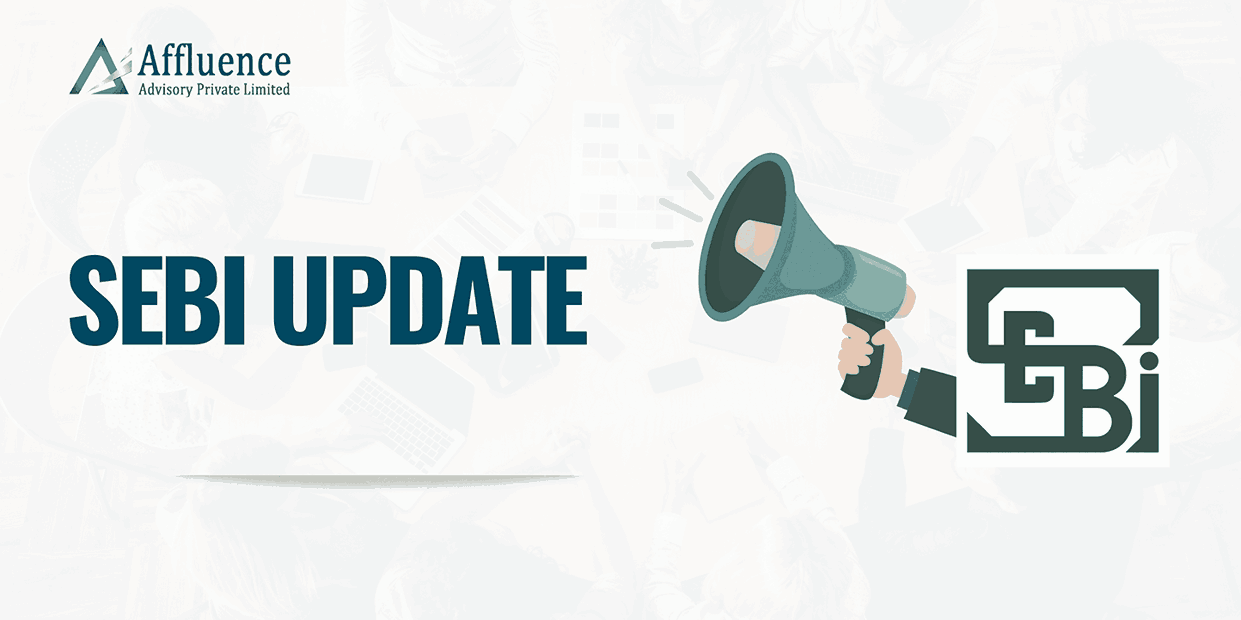SEBI’s circular dated July 2, 2025, introduces a special six-month window (July 7, 2025–January 6, 2026) allowing shareholders to re-lodge requests for transfer of physical shares that were originally lodged before April 1, 2019, but which were rejected, returned, or not processed due to deficiencies. All such transferred shares will now be issued only in dematerialised (demat) form, in line with SEBI’s broader goal of a fully digital and transparent securities market.
Background: SEBI’s Previous 2021 Circular
- Physical transfer of securities was discontinued w.e.f. April 1, 2019.
- SEBI initially offered a “re-lodgement window” for transfer deeds submitted before this date but later returned or rejected due to documentation shortfalls. The final deadline under the earlier regime was March 31, 2021.
- Many investors missed the 2021 deadline, leading to representations from investors, listed companies, and registrars (RTAs) for an extension.
- A panel including RTAs, listed companies, and legal experts recommended one final opportunity for such investors.
Who Is Affected—Why Is This Relevant?
- The circular addresses investors with physical shares whose transfer requests were originally submitted prior to April 1, 2019, but which could not be completed due to SEBI’s ban on physical share transfers or documentation issues.
- Only requests lodged before the ban and then rejected/returned (e.g. because of incomplete KYC, signature mismatch, or insufficient paperwork) are eligible.
- Fresh or new physical share transfers are not permitted under this special window.
Also Read: SEBI’s Digital Leap in Shareholder Communication
Practical Examples—How Are Companies Implementing This?
- Listed companies and their RTAs are setting up dedicated teams or helpdesks to handle these re-lodgement queries promptly.
- Public notices are being issued on company websites, in print, and digital media every two months to inform eligible shareholders about the window.
- Example: Companies like Bajaj Finserv, Lupin, and others have posted clear instructions and FAQ sections on their investor relations pages, guiding shareholders on required documentation, timelines, and contact persons.
- Companies are ensuring that before processing, the transferee has a valid demat account for credit of shares under the transfer-cum-demat mechanism.
- Stakeholder committees and company secretaries are being updated regularly about the progress of re-lodgement cases.
Key Compliances for Listed Companies
- Investor Communication:
- Publicise the availability of this special window every two months via press and electronic channels.
- File proof of advertisements with the stock exchanges under Regulation 30 of SEBI LODR.
- Internal SOPs:
- Identify all eligible transfer-cum-demat cases.
- Coordinate with RTAs to ensure readiness.
- Processing and Documentation:
- Process only eligible re-lodgement requests in demat mode.
- No physical share transfer is permitted—demat alone. Investors will have to keep in mind that once the physical shares are lodged for transfer and transfer is done, shares will be issued to transferee in demat mode.
- Ensure the existence of a valid transferee demat account before transfer.
- Reporting:
- Monthly reporting to SEBI detailing requests received, processed, approved, rejected, and average turnaround time.
- Recordkeeping:
- Maintain detailed records—physical and digital—of all actions taken and cases handled during the window.
- Committee and Stakeholder Engagement:
- Notify and update the Stakeholders’ Relationship Committee of progress.
- Helpdesk:
- Nominate a nodal officer as contact for legacy transfer queries and timely investor assistance.
Disclaimer: This article provides general information existing at the time of preparation and we take no responsibility to update it with the subsequent changes in the law. The article is intended as a news update and Affluence Advisory neither assumes nor accepts any responsibility for any loss arising to any person acting or refraining from acting as a result of any material contained in this article. It is recommended that professional advice be taken based on specific facts and circumstances. This article does not substitute the need to refer to the original pronouncement.
CLICK HERE DOWNLOAD PDF

